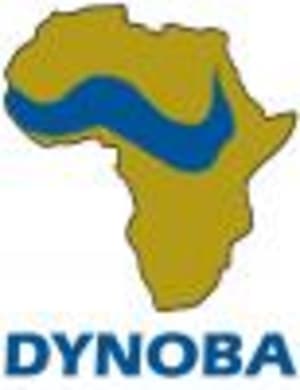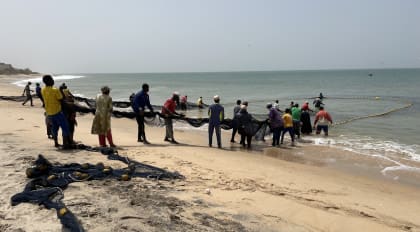
OiEau shared its expertise and know-how in space hydrology during a training course organised by the World Meteorological Organisation (WMO) as part of the Climate Risk and Early Warning Systems Initiative (CREWS Central Africa), dedicated to hydrometeorological variability and water level monitoring using space altimetry, aimed at NMHSs and basin organisations in Central Africa.
On 30 June 2025, Blaise Dhont, project manager at OiEau, spoke to share his expertise on the use of satellite data for integrated water resources management (IWRM). This presentation was part of an international training course organised by the World Meteorological Organisation (WMO) and its partners, aimed at strengthening the capacity of National Meteorological and Hydrological Services (NMHSs) and basin organisations in Central Africa to monitor hydrometeorological variability, both on a large scale and at the local level, using Earth observation data. The aim is to support decision-making in early warning, risk management and sustainable water resource management.
For more than ten years, OiEau has been promoting space hydrology as an essential complement to in situ measurements, particularly in transboundary basins. Thanks to space altimetry and missions such as SWOT (CNES/NASA), it is now possible to continuously monitor river and lake levels, anticipate floods and improve river navigation.
Among the projects led by OiEau, particularly within the framework of the DYNOBA project, are the reconstruction of hydrological data in the Congo Basin, flow forecasting and flood warnings in the Niger Basin, the SAGUI warning system in French Guiana and the integration of SWOT data in the Senegal Basin. Similar initiatives are also being carried out in the Chad, Volta and Gambia basins, as well as in Brazil and Suriname (Bio-Plateaux).
These innovative approaches, led by OiEau and its partners, enable physical and administrative boundaries to be overcome, providing water managers with broader and more reliable access to information. By integrating this data into information and decision-making systems, spatial hydrology is becoming a strategic tool for addressing the challenges of climate change and increasing pressure on water resources.




